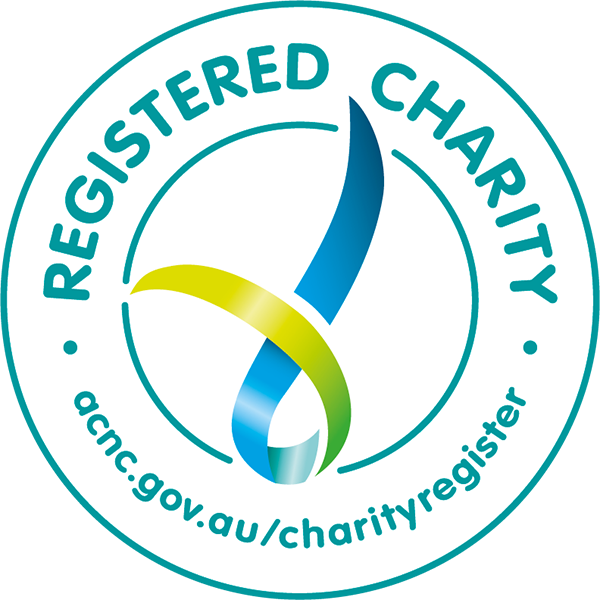Premature birth, defined as delivery before 37 weeks of gestation, is a global health concern that affects millions of newborns each year. While advancements in neonatal care have significantly improved outcomes for preterm babies, understanding the causes and implementing prevention measures remain crucial.
Key Risk Factors for Premature Birth
Recent research has provided valuable insights into the factors contributing to premature birth:
- Maternal Health Conditions
Studies have identified specific maternal health conditions, such as pre-eclampsia, placental abruption, and premature rupture of membranes (PPROM), as significant contributors to preterm birth. These complications can compromise the uterine environment, leading to early delivery. - Lifestyle and Behavioural Factors
Maternal lifestyle choices and behaviours, including substance use and sleep-disordered breathing, have been associated with a higher risk of preterm birth. For instance, amphetamine exposure during pregnancy has been flagged as a risk factor. Additionally, quitting tobacco smoking, avoiding passive smoke exposure, and refraining from alcohol or recreational drugs are critical steps to reduce risks. Engaging in moderate exercise, especially if overweight, and addressing social and emotional support also play an essential role in lowering preterm birth risks. - Socio-Demographic Influences
Socioeconomic status, maternal age, and ethnicity can play a role in preterm birth rates. Certain populations may experience higher rates due to limited access to prenatal care or underlying health disparities. - Psychosocial Stressors
Stress during pregnancy, whether due to personal circumstances or environmental factors, can increase the likelihood of preterm birth. Stress-related hormonal changes may impact foetal development and gestational duration. Getting enough social and emotional support has been shown to mitigate some of these risks. - Midwife-Led Models of Care
Research indicates that women who had midwife-led models of care were less likely to experience antenatal hospitalisation, loss of the baby, or early spontaneous birth. Pregnant women are encouraged to consult their healthcare practitioners and inquire about midwife-led care during their pregnancy. - Cervical Length and Progesterone Treatment
Cervical length measurement at the mid-term scan is a useful predictor of preterm birth. In cases of a shortened cervix, treatment with progesterone has been shown to reduce the incidence of preterm birth.
Preventing premature birth involves a combination of medical interventions, lifestyle modifications, and support systems:
- Regular Prenatal Care
Timely and consistent prenatal care allows healthcare providers to monitor the health of both mother and baby. Identifying and managing conditions like pre-eclampsia or PPROM early can reduce the risk of preterm delivery. - Healthy Lifestyle Choices
Encouraging pregnant individuals to adopt healthier habits, such as avoiding substance use, maintaining a balanced diet, and managing stress, can significantly improve outcomes. Regular check-ups and tests for growth, blood pressure, blood sugar, and possible infections are essential components of preventive care. - Community and Social Support
Building supportive environments for expecting mothers—through education, access to resources, and emotional support—helps reduce psychosocial stressors.
Conclusion
Premature birth is influenced by a complex interplay of factors, including maternal health, lifestyle, and socio-demographic conditions. Research highlights the importance of early detection and intervention in reducing risks. By combining medical advances with holistic support for expecting parents, healthcare providers can work toward minimising the prevalence of preterm births and improving outcomes for mothers and babies.
This underscores the vital role of Running for Premature Babies, which supports research, support and care, ultimately giving babies a better chance of survival.
Disclaimer: This information by Running for Premature Babies Foundation is educational and informative in nature and is not medical advice or a healthcare recommendation. For further information, please Contact Us.








